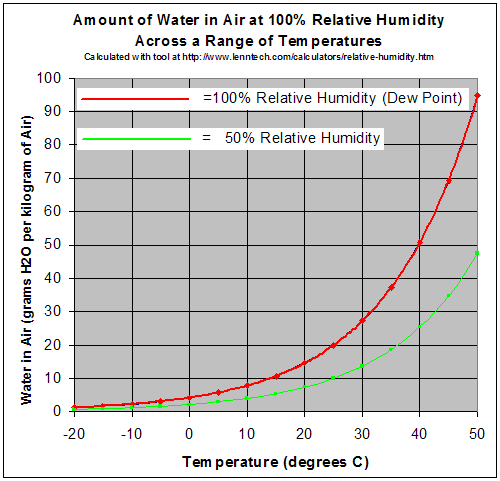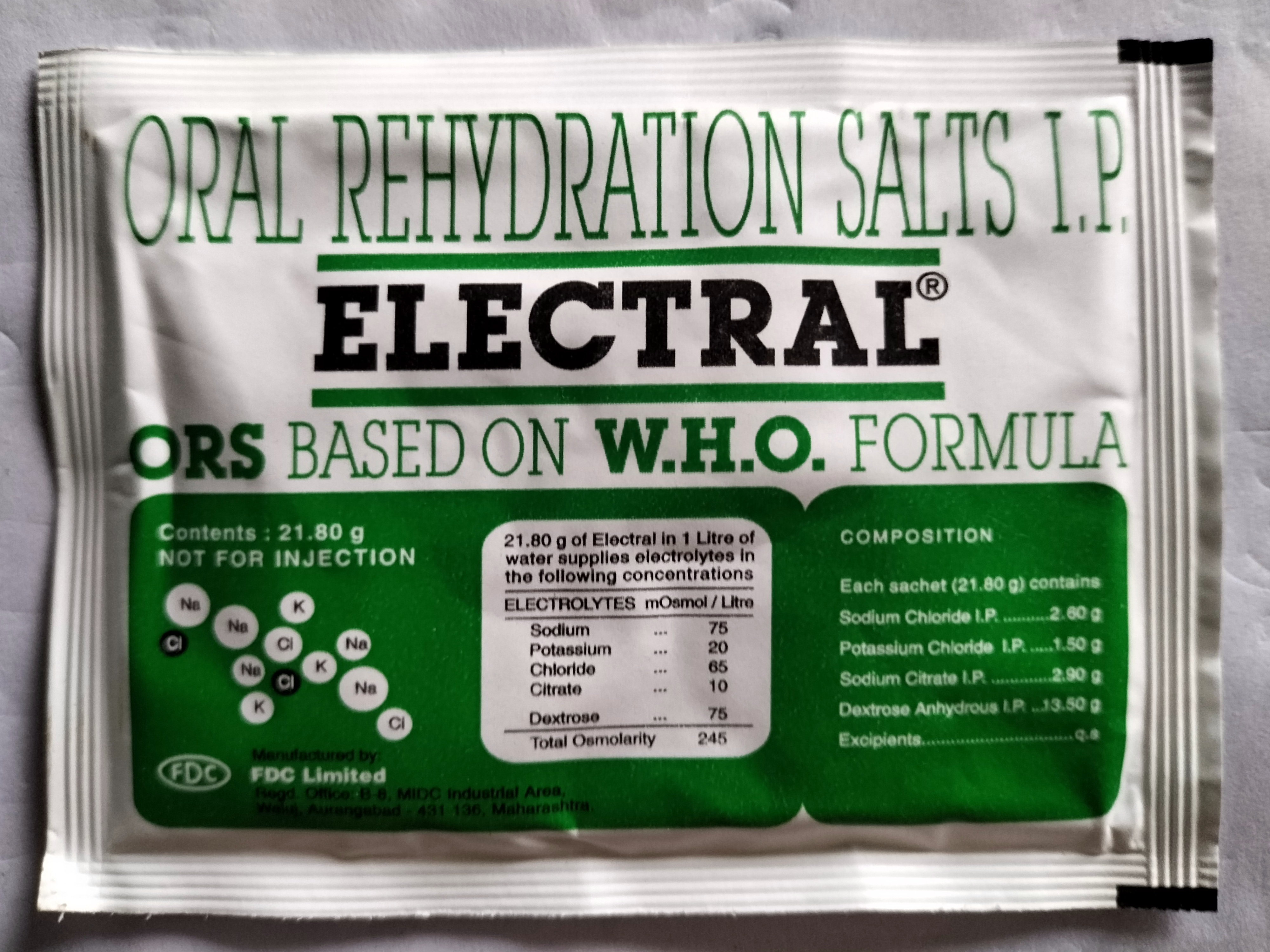|
Wallemia Mellicola
''Wallemia mellicola'' is a xerophilic fungus of the phylum Basidiomycota, described in 2015 upon taxonomic revision of the species ''Wallemia sebi''. A large amount of published research referring to ''W. sebi'' was likely actually performed on ''W. mellicola''. An example of this is the sequencing of the ''W. mellicola'' genome, which was published under the name of ''W. sebi''. It has a worldwide distribution and is often found in habitats with low accessibility of water, from food preserved with high concentrations of sugar, salt or with drying, to dried straw and house dust. It has rarely been reported as the cause of human infections. Like other species of the same genus, ''W. mellicola'' grows at low water activity, however it is not obligately xerophilic and can grow without additional solute in the growth medium. It grows at salt concentrations up to 24% NaCl, 13% MgCl2 and at temperatures between 10 °C and 34 °C. ''W. mellicola'' has a compact genome of 9.8 Mb with ... [...More Info...] [...Related Items...] OR: [Wikipedia] [Google] [Baidu] |
Xerophile
A xerophile () is an extremophilic organism that can grow and reproduce in conditions with a low availability of water, also known as water activity. Water activity (aw) is measured as the humidity above a substance relative to the humidity above pure water (Aw = 1.0). Xerophiles are "xerotolerant", meaning tolerant of dry conditions. They can often survive in environments with water activity below 0.8; above which is typical for most life on Earth. Typically xerotolerance is used with respect to matric drying, where a substance has a low water concentration. These environments include arid desert soils. The term osmotolerance is typically applied to organisms that can grow in solutions with high solute concentrations (salts, sugars), such as halophiles. The common food preservation method of reducing water (food drying) activities may not prevent the growth of xerophilic organisms, often resulting in food spoilage. Some mold and yeast species are xerophilic. Mold growth on bre ... [...More Info...] [...Related Items...] OR: [Wikipedia] [Google] [Baidu] |
Basidiomycota
Basidiomycota () is one of two large divisions that, together with the Ascomycota, constitute the subkingdom Dikarya (often referred to as the "higher fungi") within the kingdom Fungi. Members are known as basidiomycetes. More specifically, Basidiomycota includes these groups: mushrooms, puffballs, stinkhorns, bracket fungi, other polypores, jelly fungi, boletes, chanterelles, earth stars, smuts, bunts, rusts, mirror yeasts, and ''Cryptococcus'', the human pathogenic yeast. Basidiomycota are filamentous fungi composed of hyphae (except for basidiomycota-yeast) and reproduce sexually via the formation of specialized club-shaped end cells called basidia that normally bear external meiospores (usually four). These specialized spores are called basidiospores. However, some Basidiomycota are obligate asexual reproducers. Basidiomycota that reproduce asexually (discussed below) can typically be recognized as members of this division by gross similarity to others, by the form ... [...More Info...] [...Related Items...] OR: [Wikipedia] [Google] [Baidu] |
Wallemia Sebi
''Wallemia sebi'' is a xerophilic fungus of the phylum Basidiomycota. It is commonly found on highly sugared or salted materials, such as jams, bread, cakes, sugar, bacon, salted meats, and salted fish. It is also found in indoor air, house dust, and soil. One distinctive feature of ''W. sebi'' is its relationship with water activity. Most fungi are profoundly affected by the availability of water. The ability to tolerate environments with low water activity has been found mostly in Ascomycota, but rarely in Basidiomycota. However, ''W. sebi.'' can adjust its morphology and physiology to adapt to different environmental conditions and survive osmotic stress. ''Wallemia sebi'' have lower limits for growth below water activity of 0.75 (0.69-0.75) aw, while most microorganisms are limited to 0.95 and above. ''Wallemia sebi'' has been isolated from hair, hay, textiles and man. It can grow slowly without additional solute in the growth medium, and form small, reddish-brown, powde ... [...More Info...] [...Related Items...] OR: [Wikipedia] [Google] [Baidu] |
Water Activity
Water activity (''aw'') is the partial vapor pressure of water in a solution divided by the standard state partial vapor pressure of water. In the field of food science, the standard state is most often defined as pure water at the same temperature. Using this particular definition, pure distilled water has a water activity of exactly one. Water activity is the thermodynamic activity of water as solvent and the relative humidity of the surrounding air after equilibration. As temperature increases, ''aw'' typically increases, except in some products with crystalline salt or sugar. Water migrates from areas of high ''aw'' to areas of low ''aw''. For example, if honey (''aw'' ≈ 0.6) is exposed to humid air (''aw'' ≈ 0.7), the honey absorbs water from the air. If salami (''aw'' ≈ 0.87) is exposed to dry air (''aw'' ≈ 0.5), the salami dries out, which could preserve it or spoil it. Lower ''aw'' substances tend to support fewer microorganisms since these get desiccated by th ... [...More Info...] [...Related Items...] OR: [Wikipedia] [Google] [Baidu] |
Heat Shock Protein
Heat shock proteins (HSP) are a family of proteins produced by cells in response to exposure to stressful conditions. They were first described in relation to heat shock, but are now known to also be expressed during other stresses including exposure to cold, UV light and during wound healing or tissue remodeling. Many members of this group perform chaperone functions by stabilizing new proteins to ensure correct folding or by helping to refold proteins that were damaged by the cell stress. This increase in expression is transcriptionally regulated. The dramatic upregulation of the heat shock proteins is a key part of the heat shock response and is induced primarily by heat shock factor (HSF). HSPs are found in virtually all living organisms, from bacteria to humans. Heat-shock proteins are named according to their molecular weight. For example, HSP60, Hsp60, Hsp70 and Hsp90 (the most widely studied HSPs) refer to families of heat shock proteins on the order of 60, 70 and 90 ato ... [...More Info...] [...Related Items...] OR: [Wikipedia] [Google] [Baidu] |
Amino Acid Transporter
An amino acid transporter is a membrane transport protein that transports amino acids. They are mainly of the solute carrier family. Families There are several families that function in amino acid transport, some of these include: TC# 2.A.3- Amino Acid-Polyamine-Organocation (APC) Superfamily TC# 2.A.18- Amino Acid/Auxin Permease (AAAP) Family TC# 2.A.23- Dicarboxylate/Amino Acid:Cation (Na+ or H+) Symporter (DAACS) Family TC# 2.A.26- Branched Chain Amino Acid:Cation Symporter (LIVCS) Family TC# 2.A.42- Hydroxy/Aromatic Amino Acid Permease (HAAAP) Family TC# 2.A.78- Branched Chain Amino Acid Exporter (LIV-E) Family TC# 2.A.95- 6TMS Neutral Amino Acid Transporter (NAAT) Family TC# 2.A.118- Basic Amino Acid Antiporter (ArcD) Family TC# 2.A.120- Putative Amino Acid Permease (PAAP) Family Solute carrier family examples * (1) high affinity glutamate and neutral amino acid transporter * (3) heavy subunits of heteromeric amino acid transporters * (6) Bacterial Leucine Transp ... [...More Info...] [...Related Items...] OR: [Wikipedia] [Google] [Baidu] |
Osmotic Concentration
Osmotic concentration, formerly known as osmolarity, is the measure of solute concentration, defined as the number of osmoles (Osm) of solute per litre (L) of solution (osmol/L or Osm/L). The osmolarity of a solution is usually expressed as Osm/L (pronounced "osmolar"), in the same way that the molarity of a solution is expressed as "M" (pronounced "molar"). Whereas molarity measures the number of moles of solute per unit volume of solution, osmolarity measures the number of ''osmoles of solute particles'' per unit volume of solution. This value allows the measurement of the osmotic pressure of a solution and the determination of how the solvent will diffuse across a semipermeable membrane (osmosis) separating two solutions of different osmotic concentration. Unit The unit of osmotic concentration is the osmole. This is a non- SI unit of measurement that defines the number of moles of solute that contribute to the osmotic pressure of a solution. A milliosmole (mOsm) is 1/1,000 ... [...More Info...] [...Related Items...] OR: [Wikipedia] [Google] [Baidu] |
Wallemiales
The Wallemiomycetes are a class of fungi in the division Basidiomycota. It consists of the single order Wallemiales, containing the single family Wallemiaceae, which in turn contains the single genus ''Wallemia''. The phylogenetic origin of the lineage was placed to various parts of Basidiomycota, but according to the analysis of a larger dataset it is a sister group of Agaricomycotina. The genus contains species of xerophilic molds that are found worldwide. The seven described species ('' W. sebi'', '' W. ichthyophaga'', '' W. muriae'', '' W. mellicola'', '' W. canadensis'', '' W. tropicalis'', and '' W. hederae'') are distinguished by conidial size, xerotolerance, halotolerance, chaotolerance, growth temperature regimes, extracellular enzyme activity profiles, and secondary metabolite patterns. They are typically isolated from low-moisture foods (such as cakes, bread, sugar, peanuts, dried fish), indoor air dust, salterns and soil. ''W. s ... [...More Info...] [...Related Items...] OR: [Wikipedia] [Google] [Baidu] |


